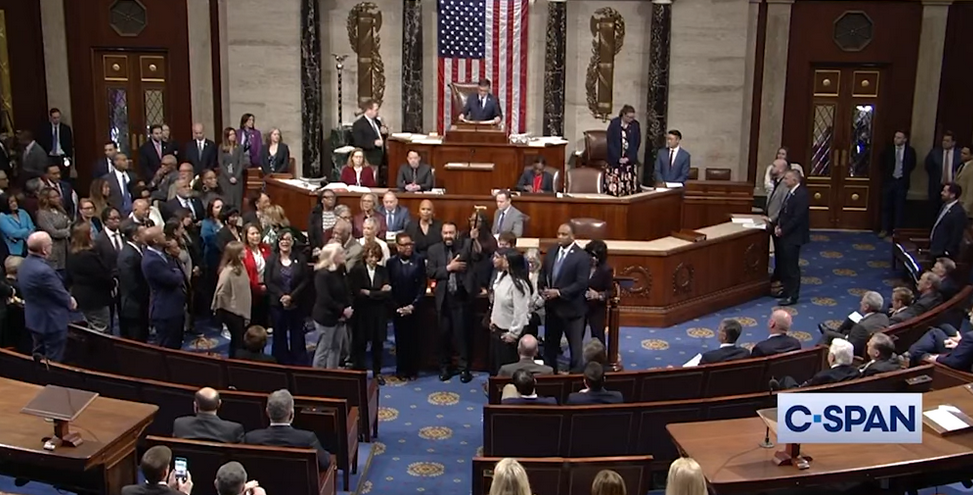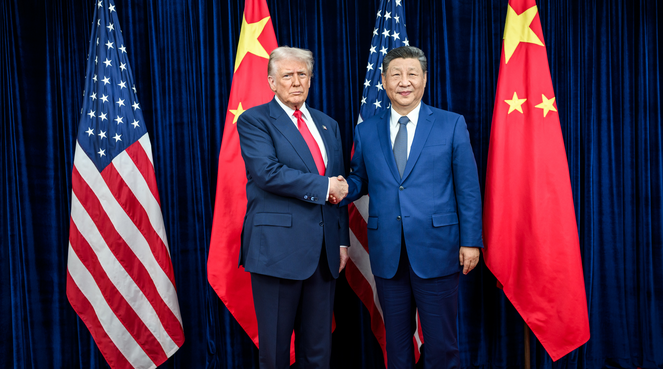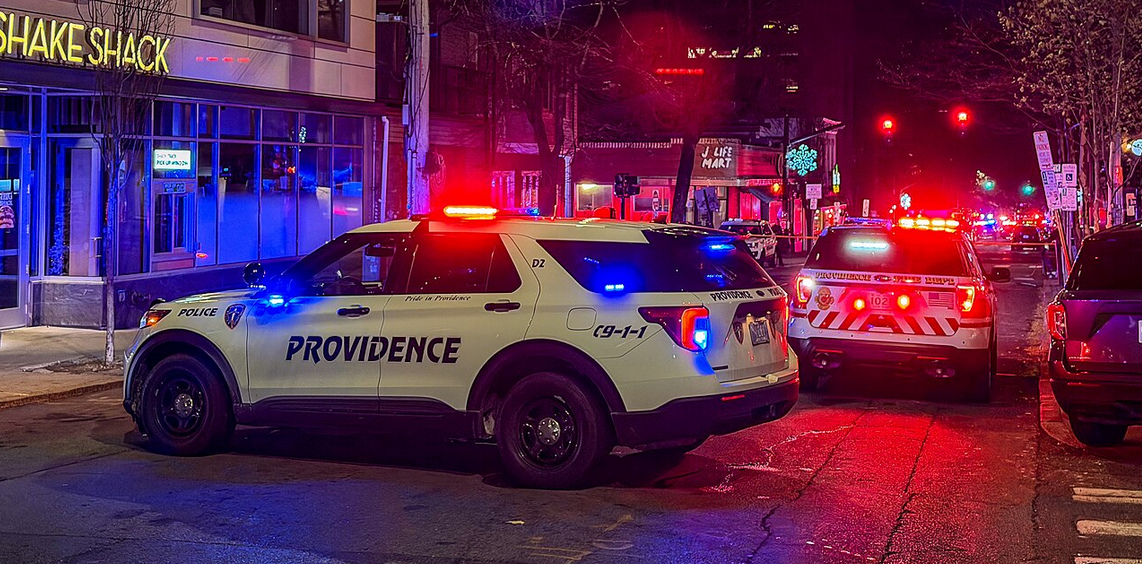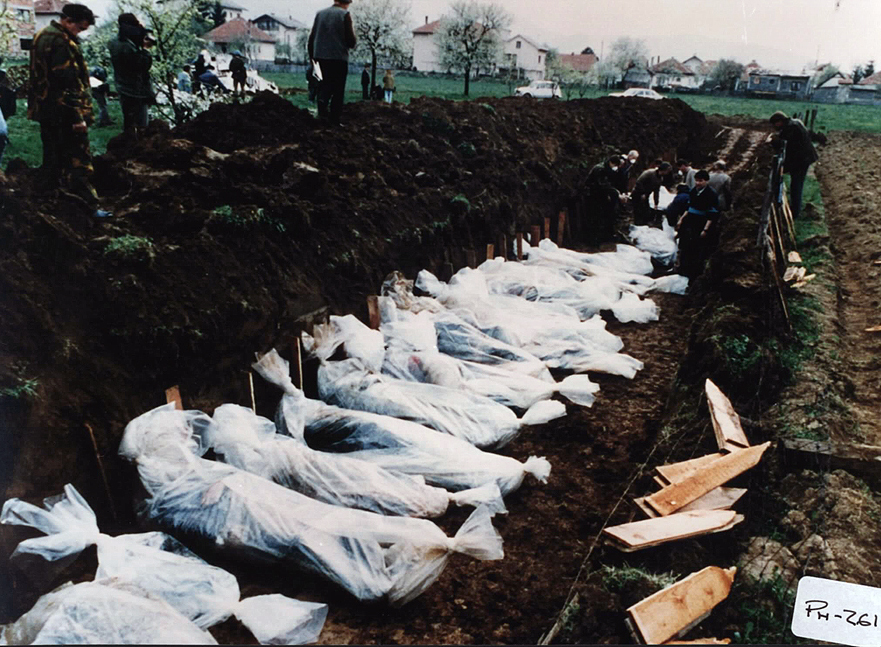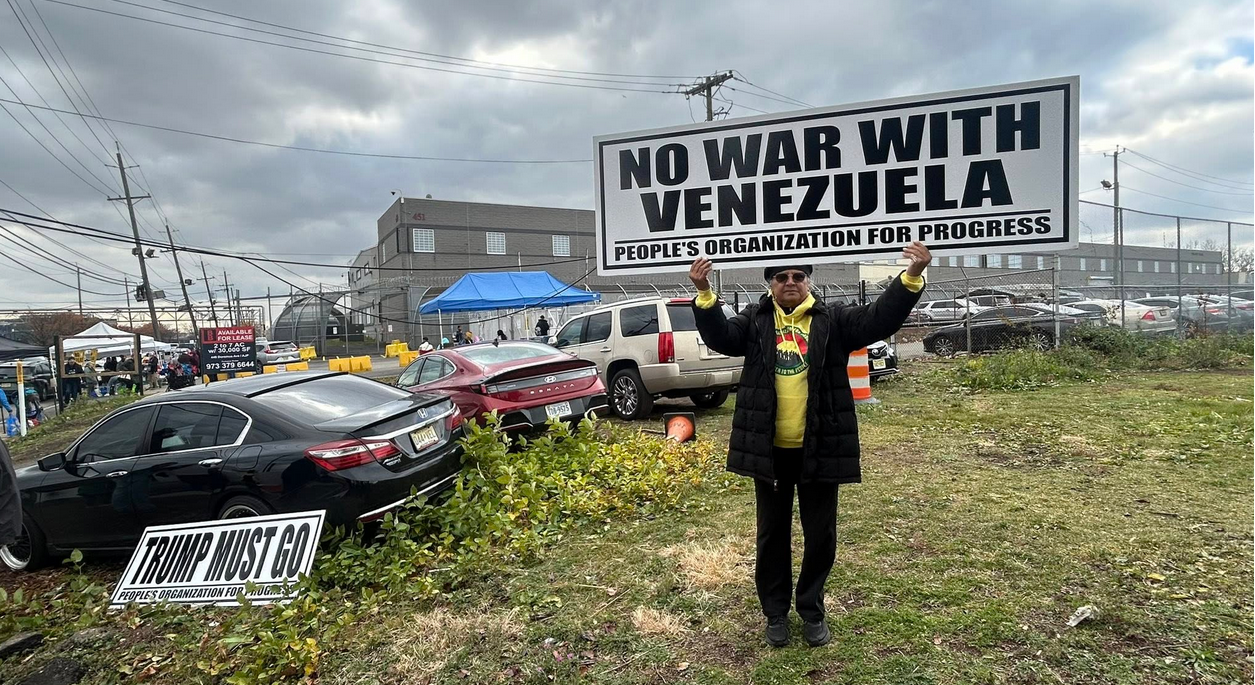It’s “El Barrio” / Spanish Harlem — winter 2016. Two Afro-NuYoRican
Brothers — Papo109 and Tumbao Willie — meet and greet on SE corner of 110th Street / Lexington Ave by uptown #6 station. Maturing baby-boomers with clean shaved heads, whitening goatees and sage like swag, they still front adolescent nicknames from back in the day. Slapping five, they stroll down Lex to order lunch in a down home restaurant drenched “Barrio” flavor. The day’s special: Mofongo, a quintessentially Puerto Rican soul food — fried green plantains crushed in a pilon (wooden mortar and pestle) with fresh garlic cloves, fried pork rinds and sazon criollo / creole seasoning. Mofongo’s etymology: Ki-Kongo / Ba-Kongo of África Centrál — created by enslaved African descended women on Boriquen’s (Puerto Rico’s indigenous name) coastal plantations during “tiempo España’ – Spanish colonial times.
T. Willie laughs and orders Vegan Mofongo sans chicharron (fried pork skin). “My diet”, he says winking slyly. This is still comfort food for real, Pa. He listens intently as Papo expresses heartfelt sentiment of hard earned pride “de nuestra sangre Africana” (our African blood).
Bro, Black History Month is here, man………Coño, Pa – I’d like to hear, feel and learn of Afro-Latinos in the mix, y’ know what I mean?
T. Willie nods and gestures in “I feel you” concurrence. Papo continues: Yo, It’s beyond conga drums / barríles de bomba (Barrel shaped Bomba drums), dance and jazzed up salsa. And…. its way beyond our athletic prowess!
T. Willie gulps, swallows and interjects laughing,”Yeah
mén, b’ball in USA north w/brothers up here and biesból south of Miami with our first and second cousins, Pa!
Papo shaking his head in approval, ”Listen bro, I feel you! Óye….it’s all good, B! It’s in our DNA! But you know what? They missing our stories! At least we use Boricua instead of Puerto Rican – honoring Taino name (Indigenous Arawak nation) of inhabitants of the island Boriquen
I’d like to hear of our stories and our histories de lo Africano (of our African) in the mix, you know? It’s a spiritual thing, Pa……a spiritual thing.
And, it is about education thing. Actually, active participants in this “Afro-Latino Matrix” are dedicated educators. Here is a taste / a shortened list – for this article – of a just a few Afro-Puerto Rican leaders who have been educators who have been figuratively “machacando este ajo en el pilon ) — crushing these garlic cloves in the wooden mortar” for decades — promoting African and Afro-diasporic pride.
In recent conversations:
Dr. Marta Moreno Vega founder of Caribbean Culture Center African Diaspora Institute / CCCADI “ who is integral to defining an Afro-Latino and a global African Diasporal Consciousness shares: “We have to stand our ground and form a new narratives, frame our own discussions to create new ground and that truly reflect our value, our own experiences and our histories.”
Dr. Georgina Falu, Educator and President, Falu Foundation, Spanish Translator of “The Black Man of the Nile and His Family” and other seminal works by Dr. Ben concurs – in the visionary tradition of Arturo Schomburg. She advises that “Afro-Latinos dedicate energies to inform ourselves to our real history / real heritage…..then, convinced of self-value / worth and of our positive global contributions in many fields — work on our pride of being Afro Descendants”. She continues, “Then organize… demand for economic opportunities, housing, medicine, political participation and education – especially for our children. She concludes with “become conscious of Africa….Africa wants us to participation it’s development….we need to visit, invest and work to own resources / build institutions”.
Resonant on this same frequency is Felipe Luciano – poet, community activist, journalist, media personality, politician, founding member of the Original Last Poets and co-founded / chairperson of the New York chapter of the Young Lords – acting as its chair. He has personified with pride and lucidity Afro-Puerto Rican male leadership since the late 60s when it was cognitive dissonant — in many areas — to do so. He emphatically concurs the aforementioned insights and adds ”we need to create our own that will stand the test of time….institutions / write / produce / sculpt / create our own history……”
It’s clear. There is a buzz in the air. Recent headlines and broadcasts are manifestations. For example, on Friday February 5, 2016, WBAI FM presented Howard Jordan’s “A Jordan Journal Tribute to Afro-Puerto Ricans” where a premium was offered “To coincide with Black heritage month and last year’s designation of the next decade as the “International Decade for People of African Descent”, by the United Nations. This special Tribute to Afro-Puerto Rican heritage encompassing a decade of programs of interviews with Afro-Puerto Ricans legends that
have led the struggle for racial justice in and out of African communities.”
Another recent headline – Atlanta Black Star reports “Mexico Officially Recognizes 1.38 Million Afro-Mexicans in the National Census, as Black People Fight against Racism and Invisibility throughout Latin America”. This raises questions: Why now? What classification system determines Afro-Mexican? One drop / two drops? One drop of “white” blood gives some “white privilege”. IN USA, it’s the inverse. In that context, might there be an undercount? Is this based on self-identification? What are the benefits of self-identity as Afro-Descendant after centuries of denial and marginalization?
Other examples of trending pivotal conversations and budding narratives being expressed online via Latino Rebels blog:
”Blackface, Brown face and Black Lives Matter in Latin America” and “10 Gregarious Uses of Black Face in Spanish Language Television.
To amplify the buzz, presented here are four possible sources for creating new narratives to frame further conversations:
First possible source: More conversations about the 96 / 4 ratio. Roughly 96% of all kidnapped / enslaved Africans were distributed throughout points south of present day southern border USA. The lion share of those points south were colonial possessions of Iberian Spain and Portugal. Roughly 4% of kidnapped and enslaved Africans were distributed within USA borders. In a Q&A for his 2011 PBS documentary “Black In Latin America,” Harvard professor Henry Louis Gates Jr. said:
There were 11.2 million Africans that we can count who survived the Middle Passage and landed in the New World, and of that 11.2 million, only 450,000 came to the United States. That’s amazing. All the rest went south of Miami as it were.
Second possible source: More conversations promoting the “Afro Latino Matrix”. Like our two Afro-NuYoRican brothers, deeper, more reflective and healing on-going dialogue expressing visceral and intellectual content. This promotes more opportunities to use concept of “matrix”. Like the 1999 movie, matrix suggests a simulated reality created to control and oppress. Conversely, as is evidence by the evolution of the African-American identity, “matrices” can be created as unstimulated supportive realities to heal, empower and make whole. This is a valuable model / template for emulation for an Afro-Latino matrix.
Third possible source: Creative narratives by Afro-Latino/as is an ongoing process — The giant is awakening. The onus is on us. Why wait till Black History month in February. New voices embracing African essence are becoming a more pro-actively assertive. And for good reason.
Fourth possible source: Rising consciousness – across the board. Like the colors of the spectrum – this could have seven levels:
First level: Afro-Latino narratives on social media and blogs influencing mass media. This article is a contribution to this process.
Second level: Acceptance and promotion of an “Afro-Latino matrix” — a reality of viscerally charged / looped collective of sentiments seeking creating expression that contributes positively to the larger diasporic narrative. As an example, Beyoncé audacious surprise release of video ‘Formation’ prior to Super Bowl Performance and her collaborative execution of same with Bruno Mar’s during event’s half time is a clearly working a global matrix with African-American socio-historic and political content intended to jolt raise consciousness.
Third Level: Process of an identity formation complementary to African-American identity. Key word is complementary. As this author has witnessed and participated in — as a USA born Afro Descendant of Latino heritage, African –American dedication to this process — from colored to Negro to Black to Afro-Americans to African-Americans – provides inspiration and is an example of perseverance for Afro-Latinos.
Fourth level: Reinforce these created narratives as antidotes to the psychic and psychological scars from negative portrayal of AfroDesendants by dominant Eurocentric Spanish language media. This process should Fulfill latent demand amongst Afro-Latino/a’s for positive self-images, self-love and acceptance of our common African ancestry. Tele undo’s telenovela seems to be a start with Afro-Boricuas Jeimy Osorio playing the majestic Celia Cruz and Modesto Lacen playing her husband Pedro Knight.
Fifth level: Surface the subverted and withheld historical contributions of Afro-Latinos or Afro Descendants in Latin America.
Sixth level: Nurture what has been planted / what is growing. From Arturo Schomburg to Mario Grillo’s radically named “Machito and his Afro-Cubans” Orquestra in the 1940s to Queenly Celia Cruz — just some heroes who personified pride. More research reveals more of these histories – grist for the narrative mill.
Seventh: Positive response to the ancestral call – many incarnated Afro Diasporic inspired souls and spirits — regardless of melanin content or traceable percentages of identifiable African ancestry – are responded to this inclusive ancestral call. Beyond color, facial features and hair texture. Souls who came to transgress and live through the Iberophonic side of the Americas – consciously or unconsciously — yearn to learn and to edify our common legacy from “La Mádre” Africa. It’s a spiritual thing.
To conclude, With the aforementioned five sources of missing stories in mind and — like the colors of the spectrum the seven levels of rising consciousness, the time is now for more open conversations and narratives that span the Anglophonic / Iberophonic linguistic divide and the resultant colonial legacies of divergent worldviews.
Now is the time for respectful dialogue to heal the “Post Traumatic Slave Syndrome” – concept coined by Dr. Joyce Degruy — that has produced intensely emotionalized identity dynamics — where “race” vs. “national origin” of African descendants in the Americas is a highly contentious topic.
As the International Decade for People of African Descent progresses until 2024, proposed here is extending this conversation far beyond this and future Black History Months. Madre Africa is calling all of her children to converse, heal and coalesce. It’s a spiritual thing.


